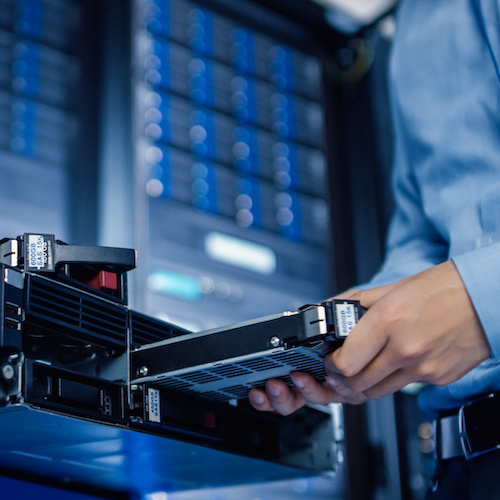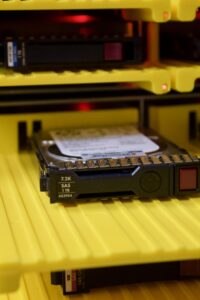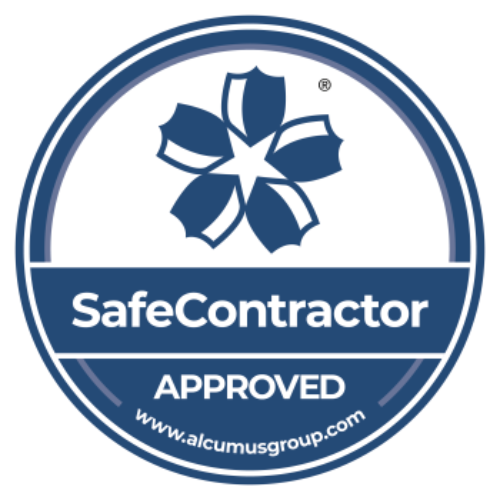The Sustainability of Parts – HDD & SSD Destruction isn’t the answer
The Sustainability of Parts – HDD & SSD Destruction isn’t the answer

The problem at hand
As a Third Party Maintainer (TPM), we rely heavily on the ability to purchase spare parts to service and support our customers’ Enterprise IT environments, whether they are current or legacy systems. So, rest assured HDD & SSD Destruction isn’t the answer.
The majority of service calls in data centres involve exchanging hard drives due to media defects. Modern storage arrays can flag these drives as failing or suspect. Many customers choose to destroy perceived faulty drives with a ‘destruction only’ policy to ensure data cannot be retrieved. In the majority of situations, this is entirely unnecessary.
Data Destruction Methods
There are three methods to securely wipe data from hard drives and SSDs, outlined in IEEE P2883. The method chosen should depend on specific security needs. Here are the commonly used data erasure methods:
- Clear
- Purge, which includes;
- Sanitise Purge Cryptographic Erase
- Sanitise Purge Overwrite
- Sanitise Purge Block Erase
- Destruction
Once removed from a data centre, the only two truly appropriate methods for drives are Purge and Destruction. Purge can be implemented in several ways, depending on the device’s capabilities. Overwriting is the most commonly used method for sanitising drives. Now, with larger capacity drives, Cryptographic erasure is used to safely remove the encryption keys, dramatically reducing erasure time.
The Resolution
As previously mentioned, Storage Systems may mark drives as potential failures. However, this only sometimes indicates a faulty or bad drive, as many factors can cause this. A sensible approach to data erasure would be attempting to purge the drive, which will confirm functionality, rather than immediately physically destroying it.
Using sophisticated equipment, as deployed by Ultra Support, it is possible to perform several techniques, usually only performed by the drive manufacturers, which can return the drive to full health. The test is much more thorough than a standard purge, ensuring that only the highest quality devices will pass.

Drives only need to be physically destroyed if they fail. This can significantly reduce electronic waste. The perception is that shredded hard drives can be recycled and their raw materials recovered. While this is partially true, only 70% of the drive material can be retrieved, and unfortunately, this usually excludes the more precious and rare metals used in drive production.
What’s the Game Changer?
At the beginning of our conversation, we mentioned that providing long-term service and support requires a reliable supply of spare parts to fulfil contracts. All Storage Arrays & Disk Systems require specific drives for proper function. Once products are EOSL, manufacturers are not obligated to supply spares. Therefore, it is imperative to restore and renovate used components as certain systems are proving to be unmanageable to maintain.
Opting to reuse hard drives is a smart and sustainable decision. It not only promotes eco-friendliness, but it also significantly prolongs the lifespan of pricey storage arrays. This is a clear win-win situation for all involved.
Our passing note…
It’s important to refrain from shredding of hard drives or SSDs unless they are classified as “Top-Secret”. HDD & SSD Destruction isn’t the answer. With Ultra Support’s assistance, data erasure can be achieved and certificates of destruction can be provided to ensure compliance. Find out more here>>
Additionally, more detailed material can be found here…
Science Direct Report; Life cycle assessment of emerging technologies on value recovery from hard disk drives.
Open Compute Project; WHITE PAPER: Data Sanitization for the Circular Economy





